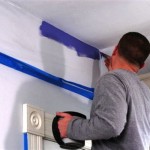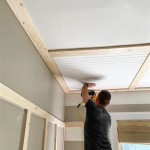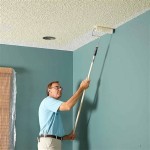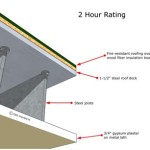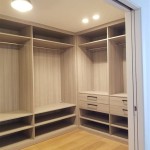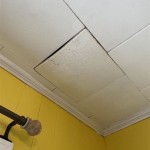Water Damage To Ceiling Repair: A Comprehensive Guide
Water damage to ceilings can be a daunting issue, impacting the aesthetics and structural integrity of your home. Whether caused by leaks, plumbing issues, or weather events, prompt and effective repair is crucial to prevent further damage and ensure a safe and comfortable living environment. This guide will provide a comprehensive overview of water damage to ceiling repair, outlining the causes, identifying signs, and explaining the necessary steps involved.
Understanding the Causes of Water Damage
Water damage to ceilings can stem from various sources, each requiring a specific approach for repair. Understanding the root cause is essential to ensure a permanent solution. Common causes include:
- Leaky Roofs: Damaged or worn-out roofing materials can lead to water infiltration, especially during heavy rainfall or snowstorms.
- Plumbing Issues: Leaky pipes, faulty faucets, or clogged drains can cause water to seep into the ceiling from above.
- Condensation: High humidity levels can result in condensation forming on the ceiling, leading to water damage over time.
- Overflowing Appliances: Water from overflowing washing machines, dishwashers, or sinks can seep into the ceiling below.
- Weather Events: Heavy rains, hurricanes, and snowstorms can lead to water damage through roof leaks or flooding.
Identifying Signs of Water Damage
Early detection of water damage is crucial to minimize the extent of repair. Look out for the following signs:
- Visible Stains: Dark or discolored patches on the ceiling indicate water penetration.
- Sagging or Bubbling Ceiling: These signs suggest structural damage due to water absorption.
- Peeling Paint: Water damage can cause paint to peel or bubble.
- Musty Odor: Water damage can lead to mold growth, resulting in a musty smell.
- Dripping or Leaking Noises: These sounds indicate an ongoing water leak.
Steps Involved in Water Damage to Ceiling Repair
The repair process for water damage to ceilings involves several important steps, each contributing to the restoration of the affected area. These steps include:
1. Source Identification and Remediation
The first crucial step is to identify the source of the water damage. This may involve inspecting the roof, plumbing system, appliances, or other potential sources. Once identified, the leak or source of water infiltration must be addressed and repaired to prevent further damage.
2. Water Removal and Drying
After addressing the source of the leak, the next step is to remove any standing water and dry the affected area thoroughly. This may involve using fans, dehumidifiers, and specialized drying equipment to prevent mold growth and ensure the structural integrity of the ceiling.
3. Damage Assessment and Repair
Once the area is dry, a thorough inspection is necessary to assess the extent of damage to the ceiling. This may involve removing damaged drywall, insulation, and other materials. Depending on the severity of the damage, the repair may involve patching, replacing sections of drywall, or even complete ceiling replacement.
4. Finishing Touches
After completing the necessary repairs, the final step is to restore the ceiling to its original condition. This may involve sanding, priming, and painting the repaired area to blend seamlessly with the surrounding ceiling. In some cases, textured finishes or wallpaper may be used to further enhance the appearance.
Safety Considerations
Safety is paramount during water damage to ceiling repair. Always ensure the following safety precautions:
- Electrical Safety: Disconnect the power to the affected area to prevent electrical shocks.
- Mold Prevention: Wear protective gear, including masks and gloves, to prevent exposure to mold spores.
- Structural Integrity: Be cautious when working on the ceiling to ensure the structural integrity of the area.
- Professional Assistance: If the damage is extensive or involves structural concerns, seek professional assistance from a licensed contractor.
Water damage to ceilings can be a significant issue, impacting the safety and aesthetics of your home. By understanding the causes, identifying signs, and following the repair steps, you can effectively address this issue and restore your ceiling to its original condition. Remember to prioritize safety and seek professional guidance when necessary.

How To Restore Water Damage In A Ceiling

How To Repair A Water Damaged Ceiling Fantastic Handyman

How To Repair Water Damage Walls Ceilings True Value Hardware

How To Fix A Water Damaged Ceiling Angi

How To Repair Water Damaged Drywall Ceiling Youtube

How To Repair A Water Damaged Ceiling The Home

How To Repair A Water Damaged Ceiling The Home

How To Repair Water Damaged Ceiling Plaster Plastering Blog

Water Damage Repair Restoration

Repair How To Fix This Water Damage Ceiling Home Improvement Stack Exchange

